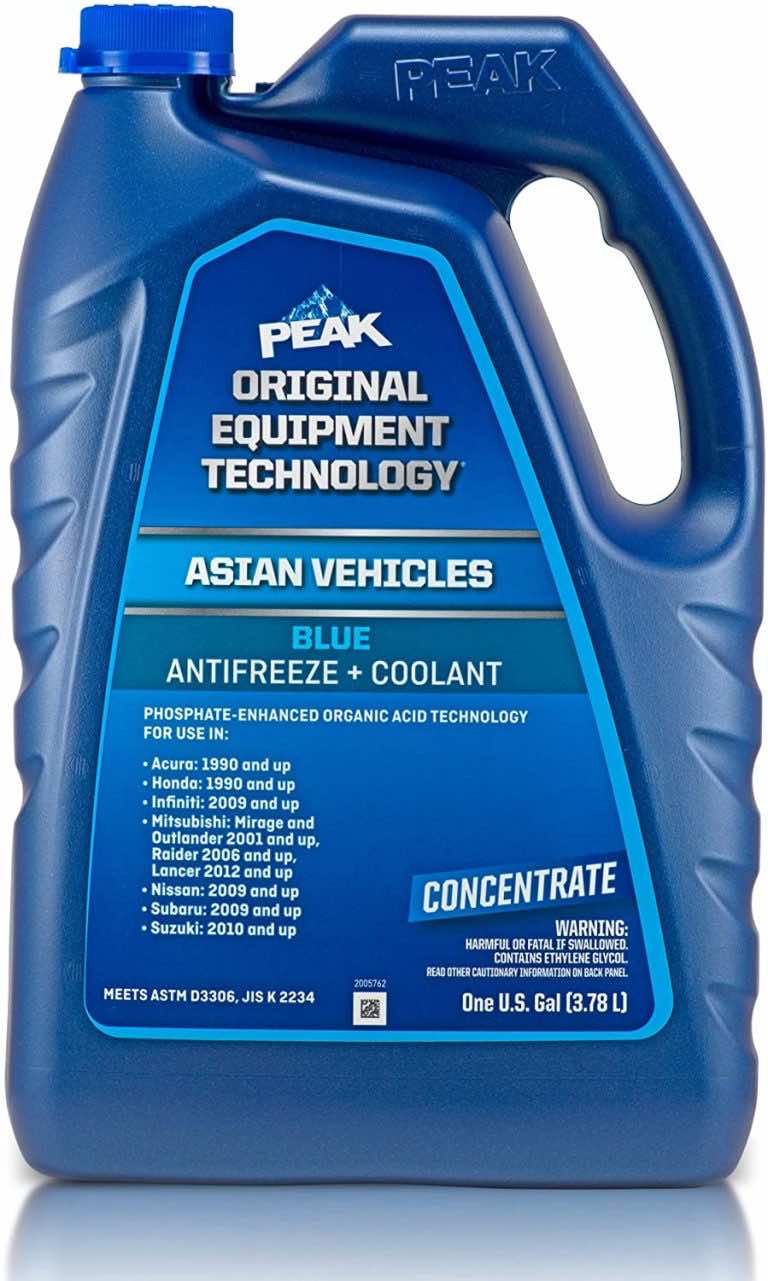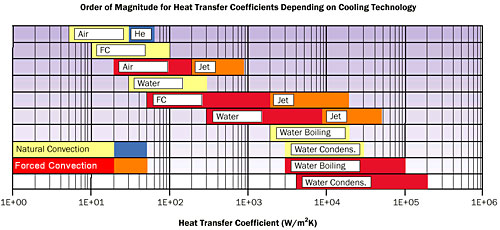


Air bubbles in the system can become death to your car. Look to the forums or youtube for "burping" the system. I know some manufacturers offer ready to pour in coolant and that's fine in my book, even if a little more expensive. Distilled water doesn't have "stuff" in it to taste good but clog the system. Not tap water, not spring water, not natural water. If it's a concentrated coolant, buy distilled water. The parts guy will ask for your year, model and give you the right stuff. My thoughts are that since OEM from a dealer coolant is maybe all of $2 more than a generic, it's giving you the correct coolant for sure. There's the infamous GM (garbage) orange lifetime coolant that destroys iron components, there's Toyota red coolant, there's Subaru blue coolant along with a bottle of conditioner, then there's generic green coolant. Why do I say that? Various makes/models have differing coolant requirements. A garage charging $170 to do this is a ripoff.Ĭonsider doing it yourself. No tools and takes literally 5 minutes other than jacking up the car and rechecking the level. Note that unlike some domestics, most Honda's don't require any special techniques to air bleed the system - since the hoses and radiator are oriented so the filler is above the level of the engine block. If you really want to be thorough there should be a drain on the bottom of the overflow reservoir as well. Pour the used antifreeze into one of the jugs you emptied and take it back to the store or a local recycling center. Double check the level and top off as needed.ĩ. Loosely reinstall the radiator cap, start the engine and let it run till warm (fan runs). Open the radiator cap and pour in new antifreeze until its full.Ħ. You can open the drain plug by hand and let the fluid drain outĥ. Underneath the car behind the front bumper there is a plastic drain plug on the bottom of the radiator. Open the hood and loosen the radiator capĢ. All you need is 1-2 gallons of coolant and a pan to collect whats drained.ġ. The job itself is about the easiest maintenance item to do, it doesn't even require tools if you have enough space to reach under without jacking up the car. Very easy to find, even my local NAPA carries it or you can get it online: Less than 2 gal required.įor Honda's the safest option is to use the OEM: Honda Type 2. Walmart has a Valvoline coolant for Honda for under 13 bucks a gallon. Regular stuff will eat up water pump over time.
#HONDA COOLANT FLUID EXCHANGE FREE#
Just make sure you use Silicate Free coolant. Some vehicles may have dealer installed options that are not included in the price.Easy DIY job. All information pertaining to these vehicles should be independently verified through the dealer. Pricing, Options, Color and other data pertaining to these vehicles are provided for example only. These vehicles show consumers sample vehicles that may be available.

Virtual Inventory, Available Configurations and In-Transit inventory contains vehicles that have not actually been manufactured. Department of Transportations New Car Assessment Program (Model tested with standard side airbags (SAB). Government 5-Star Safety Ratings are part of the U.S. Power 2022 award information, visit /awards. ALG 36-month residual value forecast for 2022 mainstream models. Your MPGe/MPG and driving range will vary depending on driving conditions, how you drive and maintain your vehicle, battery-pack age/condition and other factors.īased on the J.D. Hybrid Models - Ratings determined by EPA. Your mileage will vary depending on how you drive and maintain your vehicle, driving conditions and other factors. If your Honda is approaching its first 45,000 miles, it is an excellent decision to schedule routine maintenance including coolant fluid exchange.Ģ022 Models - Based on 2022 EPA mileage ratings. Honda generally includes coolant replacement at the 45,000, 75,000, and 105,000-mile intervals. For newer Honda model years, you’ll know when it’s time for coolant fluid exchange service when the coolant fluid monitoring system signals the dashboard light. When Will My Honda Need to Exchange Its Coolant/Antifreeze?Įvery Honda model with an internal combustion engine including hybrids will need to exchange the coolant when the time comes. The best way to ensure that coolant fluid remains at its best is by scheduling exchange service at the specified mileage or when the coolant fluid maintenance light signals to do so. It is for these reasons that coolant fluid requires routine exchanges to keep the engine running at the specified temperature for ideal fuel efficiency.

The problem with this situation is that coolant will eventually get contamination or leak from a worn part. Although coolant fluid is ideal for getting this job done to prevent water from freezing or boiling inside the engine as it keeps the engine running cool. Coolant fluid has one basic job – to change the boiling and freezing points of the water it mixes with.


 0 kommentar(er)
0 kommentar(er)
